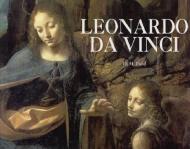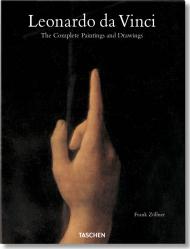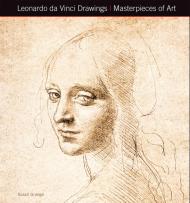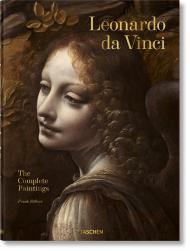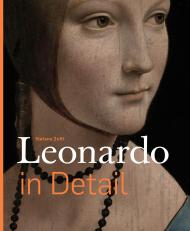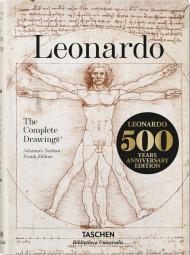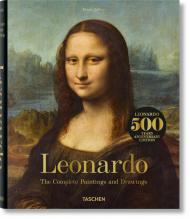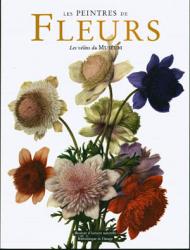Da Vinci in Detail. The life and work of the ultimate Renaissance artist
For the 500th anniversary of the death of Leonardo da Vinci, this updated edition of our XL title provides the most comprehensive survey of the life and work of the master painter, sculptor, architect, and inventor. The catalogue raisonné of paintings covers both surviving and lost works, while full-bleed details allow us to inspect even the subtlest brushstrokes that came to revolutionize art history.
Unmatched in his ingenuity, technical prowess, and curiosity, Leonardo da Vinci (1452–1519) epitomizes the humanistic ideal of the Renaissance man: a peerless master of painting, sculpture, cartography, anatomy, architecture — and more. Simultaneously captivating art historians, collectors, and the millions who flock yearly to admire his works, Leonardo’s appeal is as diffuse as were his preoccupations. His images permeate nearly every facet of Western culture — The Vitruvian Man is engraved into millions of Euro coins, The Last Supper is considered the single most reproduced religious painting in history, and the Mona Lisa has entranced countless artists and observers for centuries.
On the occasion of the 500th anniversary of his death, this updated edition of our XL title is an unrivalled survey of Leonardo’s life and work, including a catalogue raisonné encompassing both his surviving and lost paintings. Through stunning full-bleed details, we experience every measured brushstroke, each a testament to Leonardo’s masterful ability.
An expansive catalogue of nearly 700 of Leonardo’s drawings further illuminates the breadth of his pursuits. From diagrams of intricately engineered machines to portraits of plump infants, they stand reflective of his boundless and visionary technical imagination, balanced with a subtle and perceptive hand, capable of rendering quotidian moments with moving emotional timbre.
Also included is a new foreword by Frank Zöllner, expanded exclusively for this special edition, which dissects the latest scientific developments on Leonardo’s work and the story behind the haunting Salvator Mundi, which recently fetched a record-breaking $ 450 million at auction.
About the Authors:
Frank Zöllner wrote his doctoral thesis on motifs originating from Antiquity in the history of art and architecture of the Medieval and Renaissance periods (1987). He is also the author of a postdoctoral treatise on motion and expression in the art of Leonardo da Vinci, published in 2010. He has published numerous works on Renaissance art and art theory, and on 20th-century art. Since 1996 he has been Professor of Medieval and Modern Art at the University of Leipzig. For TASCHEN he has authored the XL monographs on Leonardo da Vinci and Michelangelo.
Johannes Nathan studied art history at New York University and the Courtauld Institute of Art in London, where he earned his Ph.D. in 1995 with a dissertation on the working methods of Leonardo da Vinci. He is the author of numerous art publications, director of Nathan Fine Art (Berlin and Zürich) and teaches art history at the Technische Universität, Berlin.
